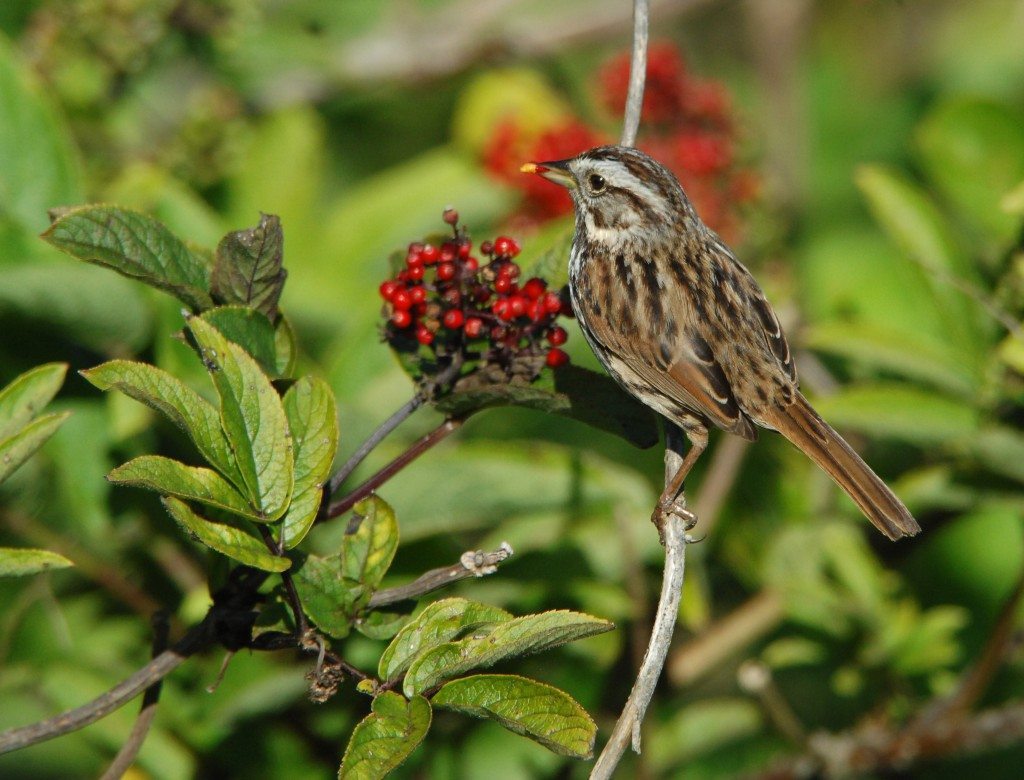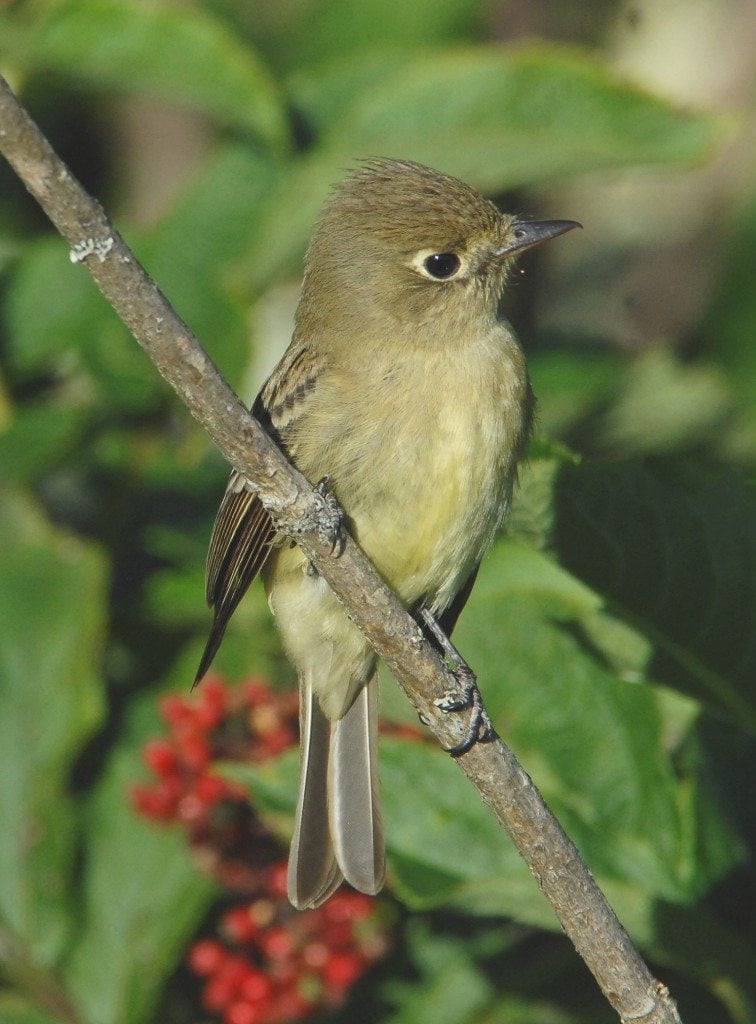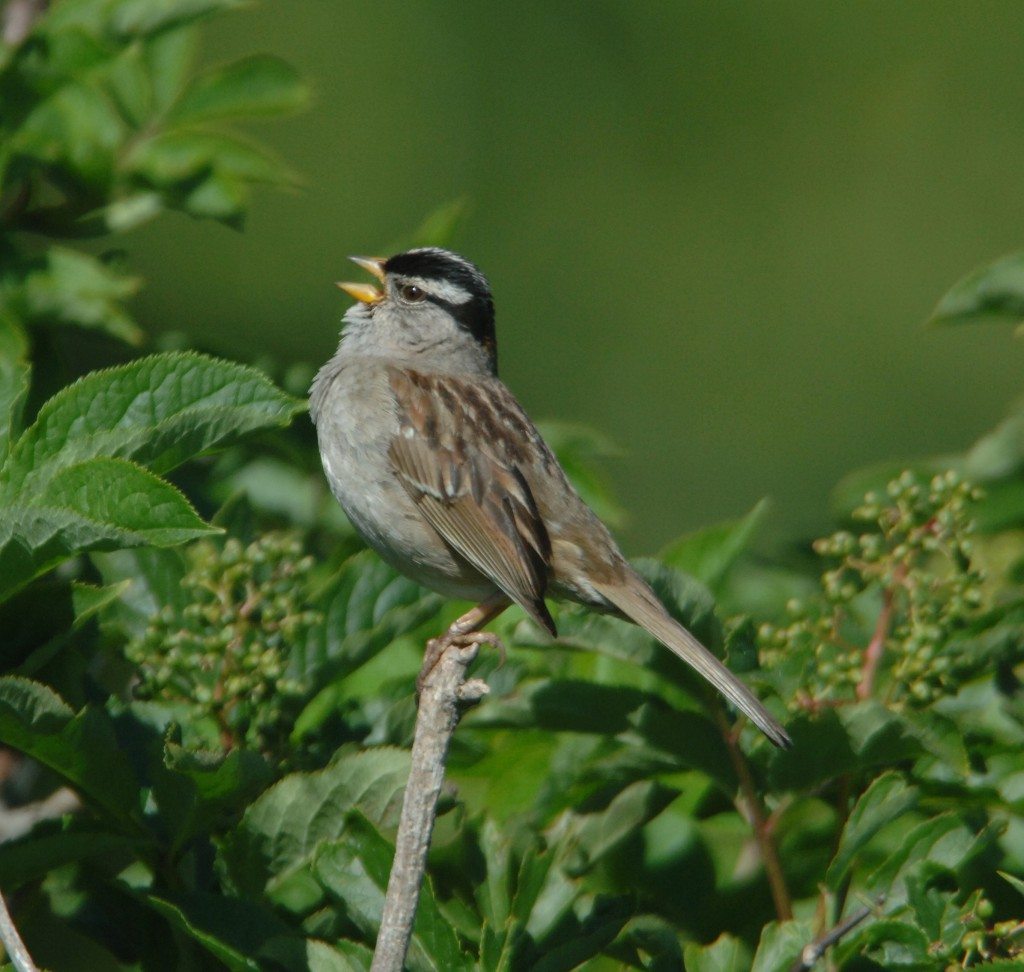Making the case for biodiversity
By Jack Dumbacher
I have little doubt that as long as there are people to watch them, there will always be some birds to watch. But as birders, we understand that just seeing birds is not enough – we want diversity. It is not enough to have a life list of one species that you’ve seen really well. We want a long life list with many species. We want to count as many species as we can on each field trip. We want to see birds doing a variety of interesting things. We want reasons to visit a variety of habitats and regions. And we love seeing that occasional rare, out-of-place species.
This seems intuitive if you are used to diversity. After all, who wants to eat only potatoes for the rest of your life? Or only watch one television program? Or only enjoy art painted with one color? It is the diversity of sounds and colors and plants and animals and landscapes that provide spice to life. These are the ingredients that, when all mixed up and allowed to stand for a few million years, lead to incredible and beautiful evolutionary diversity.
But for people not used to these things, how do we make the case for diversity? My father spent much of his spare time in open green spaces. Sometimes I would go with him, and we heard birds and saw squirrels and geese, and we believed that we loved and understood nature. After spending many more years of my life studying biology, I realized that we were just golfers on a relatively impoverished golf course landscape.
Over the years I’ve learned that a forest is much more than a collection of green leaves and brown woody trunks. Green spaces are not all created equal, and just because an area is green does not mean that it can support the natural diversity of insects, other plants, or birds. Especially when there are fewer and smaller patches of natural open space, it is important that each patch provides excellent habitat for many plants and animals and that there is a diversity of these patch types.


Surprisingly, though, the case for diversity is not always an easy one to make.
Over the past year, I’ve become aware that we are losing important conservation battles right here in the Bay Area to a vocal minority who love open space and green areas, and believe they are standing up for trees and nature. But the choices they’re making are for green spaces that don’t necessarily support the most healthy habitats, the animals and plants that need the most help, or even the greatest biodiversity.
A perfect example is the beautiful Mount Sutro open space, which we described in a recent blog post. Mount Sutro has 61 acres of forest atop one of the highest peaks in San Francisco. The forest has been dominated by eucalyptus trees for over a century, with lots of Himalayan blackberry in the understory. In the 1990s, pressure mounted to reduce fire hazard, and a 2001 Sutro Management Plan was formed that balanced incremental thinning with incremental replanting of native species, in order to increase diversity and reduce the fire threat.
A few years later, the Sutro Stewards community group was formed and started doing habitat restoration on the summit. They planted many native species, installed a garden, and improved paths. Native plants, insects and then a variety of birds flourished. Trails were maintained for hiking and mountain biking. There was hope of restoring more native plants incrementally in select areas, and restoring the Woodland Creek watershed.


Despite these wonderful changes and plans, the work has been halted by a small number of vocal people who oppose managing these forests or cutting any trees. Many of these people think that they are fighting for the environment, but they are in fact fighting to preserve a low-diversity green patch that has done much less than it could for nature in the city.
It is one thing to fight for a golf course, because you want to golf. But if we want to hike or bird or bike in the woods or experience nature, we should try to manage a more natural forest that can support the greatest native biodiversity. In some ways, Mt. Sutro has been a garden since Adolph Sutro planted it as a garden. But if we can continue to improve his garden by creating sections that provide useful habitat for struggling San Francisco native species, we should support those plans.
There are many arguments for fostering natural biological diversity in our city. You can argue that it has intrinsic value – that it is beautiful, it is needed to facilitate continued evolution, or that plants and animals might have “rights” of their own to be protected against threats, especially threats brought on by humans.
You can also argue that biodiversity has value to humans – that natural systems provide ecosystem services, economic and health benefits, aesthetic benefits, or scientific and ethical knowledge.
But ultimately, I think that these arguments pale in comparison to the basic love and appreciation that one develops for a naturally biologically diverse landscape. There is nothing like a walk through a beautiful landscape with lots of different birds.
And for bird lovers….
If you would be happy ticking off a small number of the most common bird species for the rest of your birding adventures, then just sit back. But if you want migrants to visit your city, if you want rare birds to breed in your local parks, and if you want a county list that exceeds 200 species, then please get involved in local habitat management and restoration, and be ready to speak up for nature in your city.
Is the concept of biodiversity a little perplexing to you? Check out these cool short videos produced by the California Academy of Sciences in collaboration with the Khan Academy.

———————————–
Jack Dumbacher is on the GGBA Board of Directors and chairs its San Francisco Conservation Committee. Chair of the Department of Ornithology and Mammalogy at California Academy of Sciences, he is a frequent presenter at the American Ornithologists’ Union and other conferences, Jack is an author of more than two dozen scholarly articles on birds. He has organized and co-led ornithological collecting trips to Papua New Guinea, the Gaoligonshan Mountains of China, Baviaanskloof region of South Africa, Namibia, and various locations in North America.
